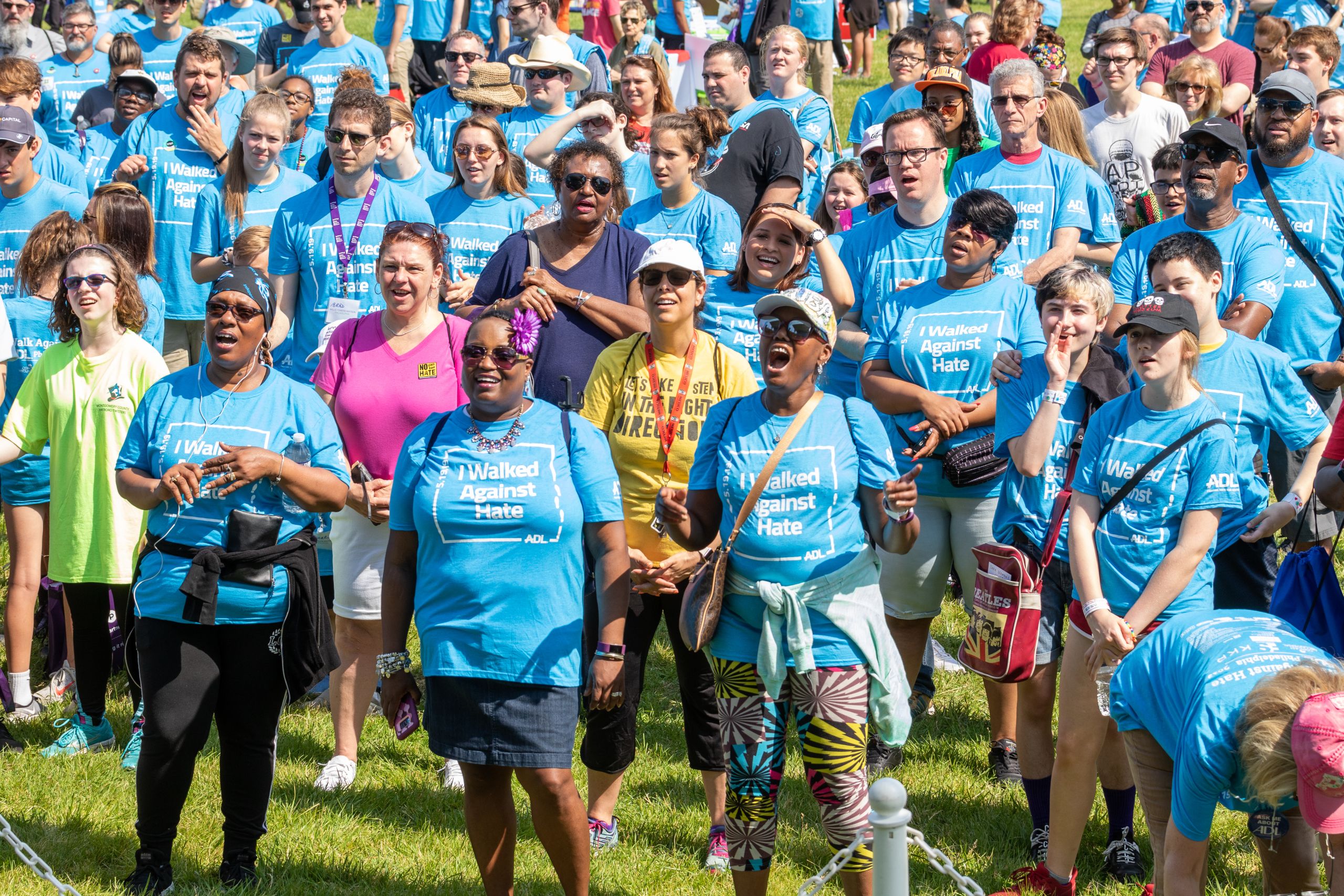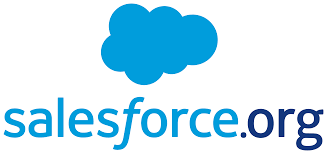The Cloud
A High-Tech Answer for
Nonprofits Looking to Grow

The cloud. For many leaders of nonprofit organizations, the term itself can sound lofty to the point of being unattainable.
As it turns out, the concept of the cloud is easy enough to understand. Far from being a work of magic or an unfathomable piece of machinery, it simply represents a mechanism for storing and managing data through a third party, typically a tech company that specializes in cloud services. The company, while making sure data is secured, then makes that data available online to many stakeholders in an organization, creating a cost-effective, meaningful, and transparent shortcut to technological prowess.
You often use the cloud today, even if you just don’t know it. Think of tools like Gmail, Spotify, or your banking. All of these operations are managed in the cloud.
As many nonprofits are learning, a cloud platform is the best option for expanding their operations and making them more efficient — particularly when a cloud services provider, such as Salesforce.org, understands their needs and can customize the cloud to suit them.
When plugged in alongside apps and other software essential to an organization’s operations, a cloud platform can not only improve how a group pursues its mission, but offer a clearer path to growth. Via the cloud, groups can enhance their fundraising, build more robust client and volunteer lists, manage all programs, develop stronger communication streams, and plot their organization’s scalability.
How? When your operations are run on a cloud platform, multiple staff members can input, edit, and analyze data all at the same time. Because all your operations are run in a single system, you can now understand who is a volunteer and a donor at your organization. Who is a former client and now serves as a mentor for existing clients. If these operations are managed in silo-ed databases, spreadsheets, or point solutions that only meet the needs of one team, it’s almost impossible to understand the full picture of who you’re trying to communicate with.
And with the right company as a partner, charities and other nonprofits can access the cloud affordably, even as they save on tech staffing and other IT and maintenance costs.
Among other attributes, the cloud has been paramount to groups that work internationally, offering the ability to gather data in the field, on- and offline.
At buildOn, an organization that develops new schools in underserved areas around the world, cloud services provided by Salesforce.org helped connect 15 offices and 260 employees across virtually all time zones — from Nepal to New York, or Malawi to Haiti — making its operations more effective.
“Within the cloud, we’ve been able to set up the ability to meet with anyone anywhere on Zoom or Google Docs,” says Eric Dayton, the group’s director of data management. And by signing on with Salesforce.org, buildOn was able to construct a cloud platform that can accommodate people in any language, as well as tabulate the value of any currency worldwide.
The result: a global monitoring system that delivers vital information to buildOn’s staffers and financial supporters. “People in each of our areas can log in and look at benchmarks and timelines from each country,” Dayton says. “Having all that data in the cloud allows us to meaningfully ask whether we can replicate the success we’re having in one region elsewhere. We also use data in the cloud to show our fundraising stakeholders how their investment in us is working out.”
BuildOn tapped into the cloud six years ago. Though it wasn’t tech-savvy, the organization immediately saw not only the benefits that could come from using the cloud, but the ease of transitioning and transforming its data. The organization took advantage of Salesforce.org's Power of Us program, which donates up to 10 subscriptions to eligible organizations.
“Most nonprofits don’t have a large tech staff, and we don’t, either,” Dayton says.
“The Salesforce platform offers declarative functionality — meaning that you can build custom configurations without needing to write code. The functionality doesn’t involve knowing JavaScript or other languages.”
The staff at buildOn saw value in using Trailhead, Salesforce's free, self-led learning platform that enables anyone to develop in-demand technology skills. “It gives you a chance to learn how to be a website administrator, a data security engineer, or whatever skillset within Salesforce you need to learn,” Dayton says. “You can teach all these technical services to non-technical people, often without being there. It frees me up to do higher-level tech work.”
The nonprofit, which also works with corporations in the United States to support student leaders who are working to transform their neighborhoods, uses the cloud to track the number of service hours students have worked, and in real time. It also maintains photos in the cloud that document the construction process of each of its schools.
And in October, buildOn will roll out a pilot program with Salesforce.org that aims to use the cloud to connect people in countries with spotty internet capability. “Our people will be able to store data in the cloud via their smartphones until web connections in places like Malawi improve,” Dayton says.

A cloud platform is the best option for expanding operations and making them more efficient.


The advantages of the cloud aren’t limited to a nonprofit’s mission and streamlined operations. Shared Hope International, an organization that works to end sex trafficking, joined the cloud three years ago to stoke its fundraising. The group desired a fuller picture of its donors, and wanted to find more of them.
“We needed something that was compatible to the systems we were already using but also scalable,” says Marissa Gunther, director of growth strategies at Shared Hope International.
The organization’s old fundraising methods often forced its 18 employees to use individual donor files, some of which hadn’t been updated. Since transitioning to the cloud, Gunther and her co-workers have tapped into a dashboard created by Salesforce.org that shows how donors have engaged with the organization, what their last gift was, when it had last contacted them, and other vital info.
“It used to take me hours to put together each of those reports, but now I can do all that quickly using the dashboard and other cloud features,” says Gunther. “I can get to them any time I want, and in a second. It’s just made our work so much more efficient.”
And effective. With help from the cloud, Shared Hope International developed the names of 6,800 new prospects, 100 of whom have become donors.
The organization’s staff now has the time and updated information to give donors more attention. “Donors feel like we give them more individual touches in the form of phone calls from staff and board members,” says Gunther. Last year, the numbers of donors who made second gifts increased from 23 percent to 33 percent.
The cloud also has made it easy for staff to keep track of how many people are exposed to Shared Hope International’s messages. And the nonprofit has used the cloud to make the work of its 1,100 volunteers more meaningful. They can now track their tasks, the number of training events they hold, and their participation in educational in-services. “It helps us help them manage their time,” Gunther says.
Even legacy organizations with strong track records of success doing particularly difficult work have found value in making the leap to the cloud
The Anti-Defamation League (ADL), a century-old organization that fights anti-Semitism and other forms of bigotry, has spent much of the past two years migrating to the cloud. Initially, the group sought to replace its customer-relations management system, which did little more than compile the names, addresses and phone numbers of donors. The group found it nearly impossible to map its donors and other stakeholders, or measure its impact in the field.
The ADL switched to Salesforce.org, and then decided to expand its cloud conversion efforts to include more than 14 million records and 478 data sources of all kinds.
“We had 25 regional offices, each with its own set of lists, information, and collateral materials. It was unmanageable,” says Fred Bloch, senior vice president of growth at the ADL.
To drive its mission more effectively, the ADL used the cloud to build an incident-reporting system that more quickly and completely captures information about incidents of ethnic hatred or bigotry. It also helps the group monitor what is happening on social media. ADL employees’ ability to manage incidents has since improved by 61 percent.
What’s more, the ADL used its cloud-aided incident reporting ability to develop an interactive map — called the H.E.A.T. map, covering incidents of hate, extremism, anti-Semitism, and terrorism — so that internet users can learn about specific local occurrences.
By next year, the ADL’s donor lists and other vital fundraising data will be cloud-ready, marking a huge shift in how the ADL works.
“We’re on our way to remaking the organization in a way that will help our 350 employees do their jobs easier and better,” Bloch says. “It will transform the organization. This will be a new and better ADL.”



